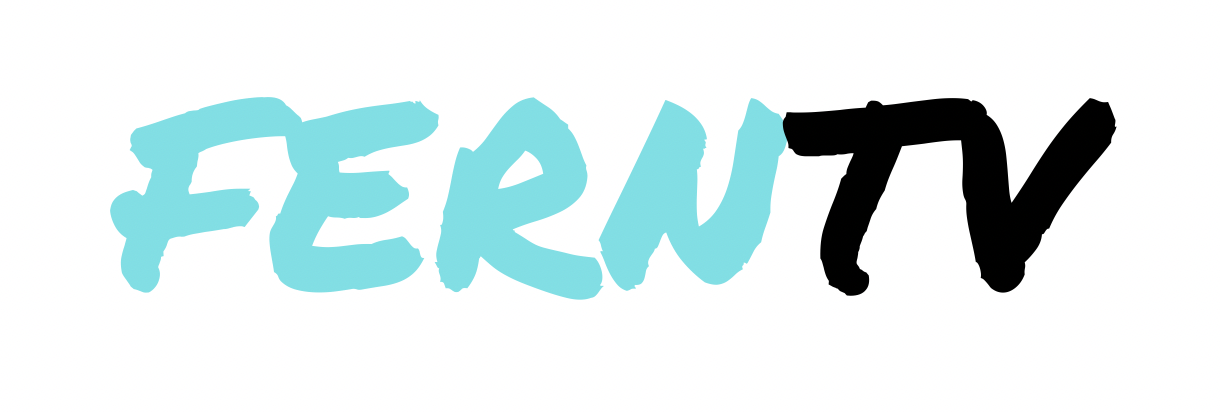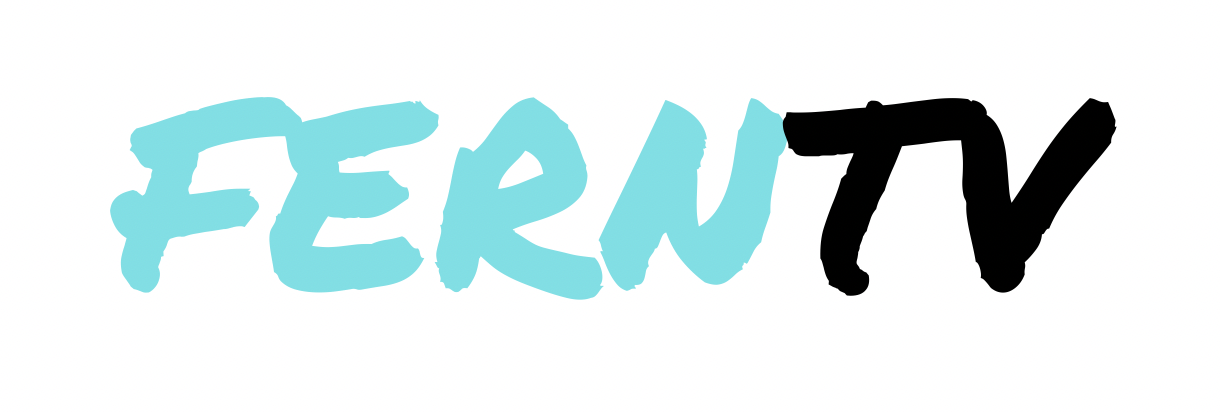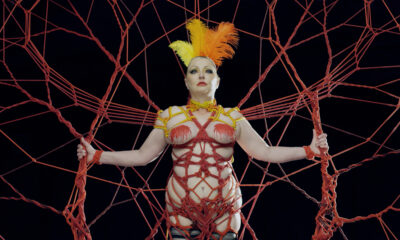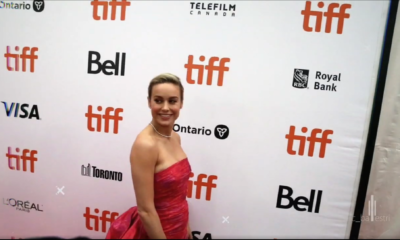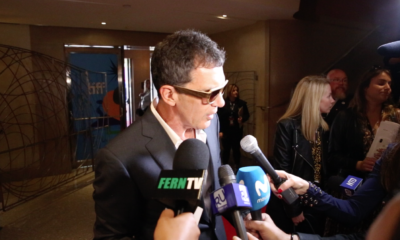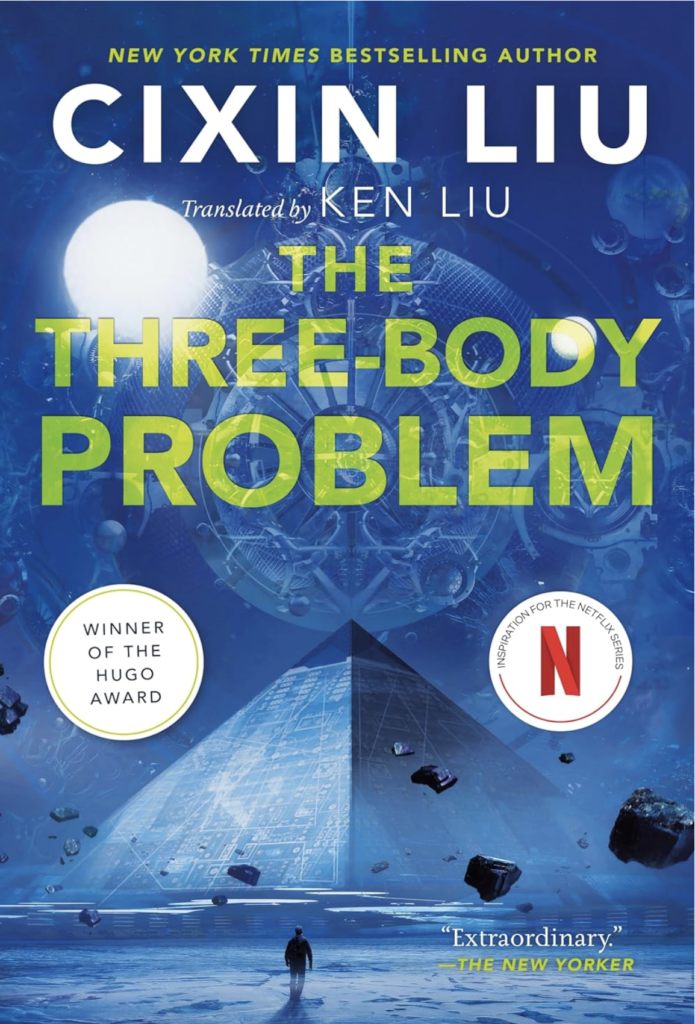DOCUMENTARIES
THE GREAT WILD INDOORS IS A SMALL WORLD AFTER ALL
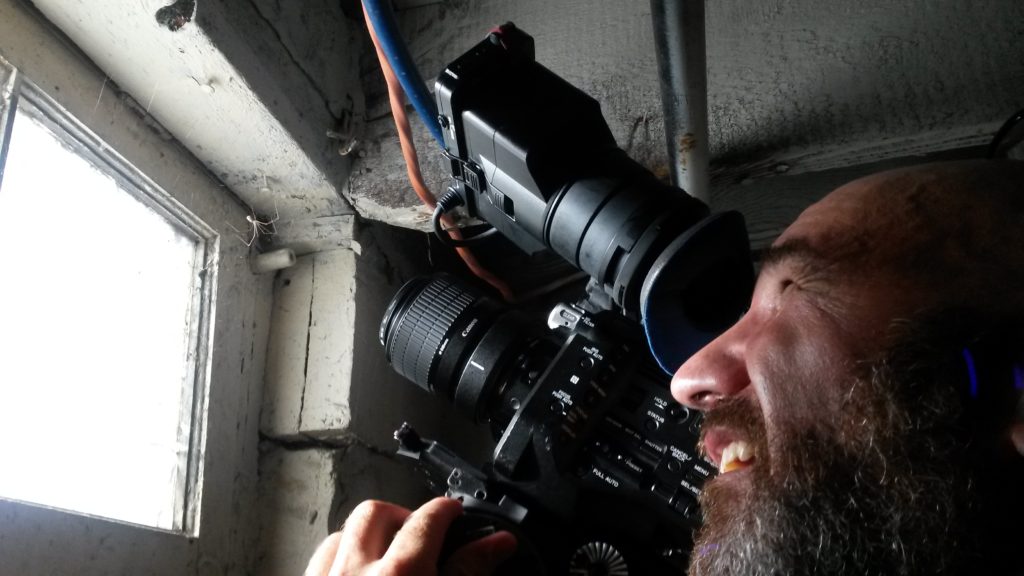

Director of Photography Derek Rogers shoots close ups of a cellar spider
They say it is a jungle out there but a lot of us don’t think that it is a jungle as well inside your home. The Great Wild Indoors is an up close and personal view of the wonderful world of insects and arachnids that live within the four walls of your Canadian home. Directed by Roberto Verdecchia of 52 Media Inc., The Great Wild Indoors focuses on the Vettesse family whose home is surveyed by a team of entomologists led by Michelle Truatwein who is a Research Entomologist at the California of Academy of Sciences. They discover at the Vettesse house in Toronto that there is an ecosystem containing a variety of little creatures living and dwelling in each room of your house. They are not only looking for food or shelter, some of them are looking to protect themselves from bigger insects or even humans for that matter to avoid becoming prey. The Great Wild Indoors is an informative hour long documentary of what really goes on before your very eyes but also serves as great eye candy for filmmakers who like to take their shooting to almost a microscopic level. FERNTV spoke to director Roberto Verdecchia about The Great Wild Indoors which will be shown on CBC’s Nature of Things with David Suzuki on February 9th at 8PM.
FERNTV: Can you tell us here on FERNTV of how this project was pitched to you and why you agreed to it
Roberto: I pitched the show to the Nature of Things myself. I have a long history with The Nature of Things and thought they’d like the idea, and after a bit of development work on the initial proposal, we went ahead.
FERNTV: Why did the Vettese family agree to have their home surveyed by Michelle Trautwein and her entomologists?
Roberto: You can imagine that it wasn’t easy to find a family who would let us into their home to film all of the insects and spiders and creepy-crawlies there and then to put all of that on national TV. So in the end I turned to good friends of mine. They trusted me, and trusted The Nature of Things as science television, and trusted that we weren’t going to make them look bad. And they were curious about the subject and I think they also thought it’d be a good experience, for them and their kids.
FERNTV: What was your experience with the subject of entomology before filming The Great Wild Indoors?
Roberto: I’m not a “bug guy”, not one of those people who grew up catching bugs and putting spiders on my hand, no way. So I consider myself pretty normal in that regard, creeped out by some of these things and unfazed by others. But a couple years ago I kept seeing this spider in my bathroom. And I began to wonder what it was doing there. Was it lost? Was there actually food there for it to eat? Was this a good place for it? And I began to do some research and I discovered a small team of bug experts who were doing important scientific research on this same question – what are all these bugs that live in our houses? Turns out it’s an uncharted frontier of study. So I invited them to do a film.
FERNTV: Now for the loaded question! What kind of cameras did you use for shooting these tiny little insects and how patient did you have to be in order to film this project?
Roberto: We used one super high-speed camera, called a Phantom, to capture the flight of a housefly, and to show how fast the house centipede runs. That was filmed at a rate of about 2000 frames per second (normally you shoot at about 30 frames/second). The other cameras were pretty standard 4k cameras, standard for this kind of high-quality TV documentary. What made the difference were the lenses. Derek Rogers, the DP, had some incredible macro lenses that allowed us to get really, really close to the insects, and capture some amazing details – these things look like aliens in super close-up! But the trouble is that to shoot with these lenses you need a lot of light, and most of the critters we were filming don’t like light. So yes, filming required enormous patience to do take after take, so you could get a shot with the right exposure, the right focus and the right behaviour. But we got some amazing material, if I may say so myself.
FERNTV: Out of the many insects you encountered in The Great Wild Indoors, which insect had you in awe?
Roberto: The first thing that comes to mind is the centipede. This guy, with all its long legs and how fast it is – it’s the fastest centipede in the world, the one that lives in your house! These things always creeped me right out. And still do. But when you see how they work, and look at it really close-up, it’s like a tiger of the indoors, racing stripes down its body… And we have a sequence in the film where one of them gets attacked by a spider – the two top predators of the Great Indoors. And to get away from the spider it drops a couple legs that keep twitching, and the spider gets distracted and then the centipede gets away. And the spider has a couple legs for dinner. It’s wild.
FERNTV: What was the most challenging aspect of putting The Great Wild Indoors together?
Roberto: I think it was the difficulty of filming creatures that are sometimes not much bigger than a millimetre, and to not just photograph them but to capture their behaviour, to see them in action. It required a great deal of patience on behalf of the whole crew, and special equipment, and of course the advice of our entomologists, and sometimes a bit of luck. But I generally find that “luck” in film-making is somewhat proportional to the amount of work that you put into the filming in the first place.
FERNTV: As a director, what did you learn most about putting this all together?
Roberto: I think this was the most “nature” type film I’d ever made – most of my other films have been about people or social issues. So because of that I learned a lot about how to film creatures, and especially little, teeny, tiny creatures. I learned some special tricks in that regard, but it’s funny – no matter what you’re filming, you always come back to the importance of having a good team of people around you. People who know what they’re doing, who can work well together, and who let each other do what they do so well.
FERNTV: What is it like to work with and having David Suzuki’s voice on this documentary The Wild Indoors?
I’ve worked with David Suzuki on many films over many years and he’s a great guy. When you’re on the road with him he’s one of the crew and doesn’t act like a big celebrity, and when he gives his voice to a film it’s a voice that carries with it so much respect on behalf of Canadians from coast to coast. So it’s a pleasure.
http://www.cbc.ca/natureofthings/episodes/the-great-wild-indoors
-

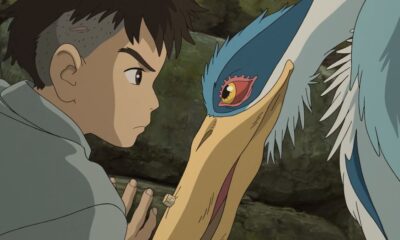

 BIPOC4 months ago
BIPOC4 months agoThe Boy and the Heron @TIFF 2023
-

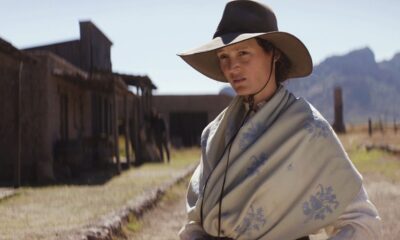

 TIFF 20238 months ago
TIFF 20238 months agoViggo Mortensen in The Dead Don’t Hurt @TIFF2023
-

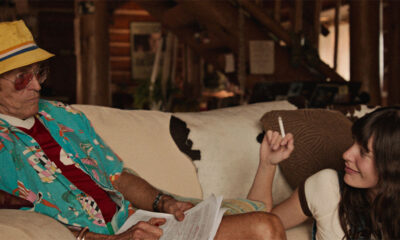

 Uncategorized8 months ago
Uncategorized8 months agoWillem Dafoe in Gonzo Girl @TIFF 2023
-



 ACTORS/ACTRESSES2 months ago
ACTORS/ACTRESSES2 months agoAn Exciting Conversation with Sydney Sweeney @SXSW 2024
-

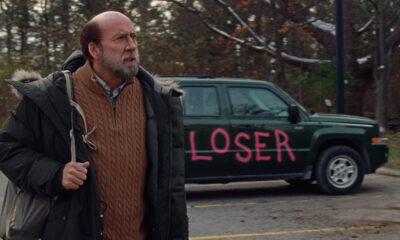

 TIFF 20238 months ago
TIFF 20238 months agoNicolas Cage in Dream Scenario @TIFF 2023
-

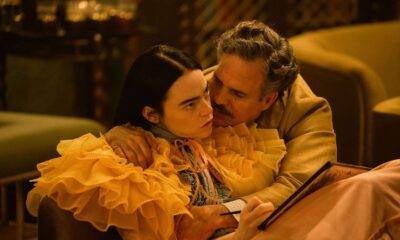

 ACTORS/ACTRESSES3 months ago
ACTORS/ACTRESSES3 months agoThe Exciting 96th Oscar Nominations Announced
-



 Uncategorized9 months ago
Uncategorized9 months agoSly to close TIFF2023
-

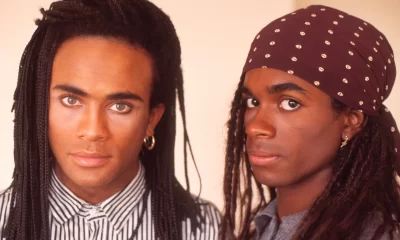

 TRIBECA 202311 months ago
TRIBECA 202311 months agoMilli Vanilli @ Tribeca Film Festival 2023
